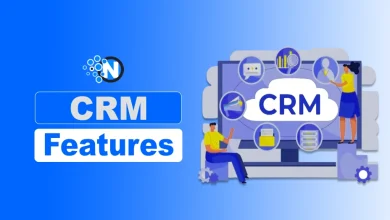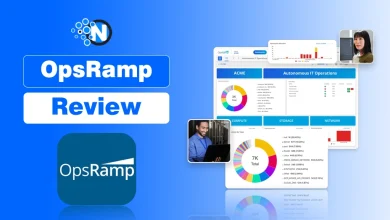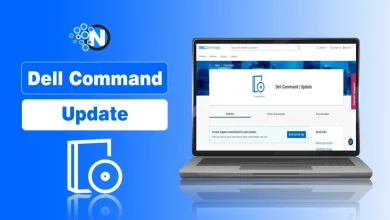How to Reduce ERP Costs Without Sacrificing Quality
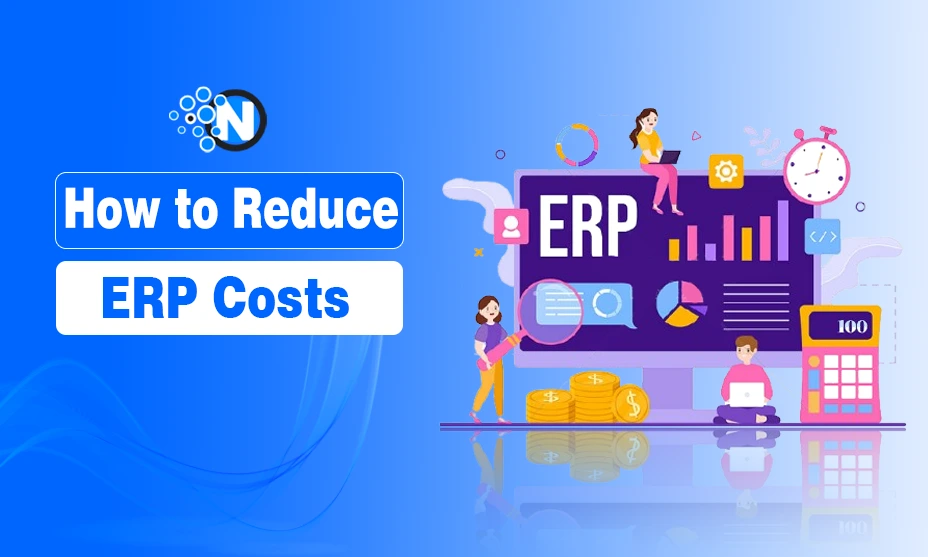
Today, enterprise resource planning (ERP) systems are necessary to manage the most important business processes and data in an organization. However, ERP software carries large costs in terms of implementation and running. Companies can reduce ERP costs without compromising the system quality or performance by proper planning and making smart decisions.
In this article, I have listed some ways of saving on costs so that ERP adoption and ownership without compromising on quality!
Let’s start!
How to Reduce ERP Costs
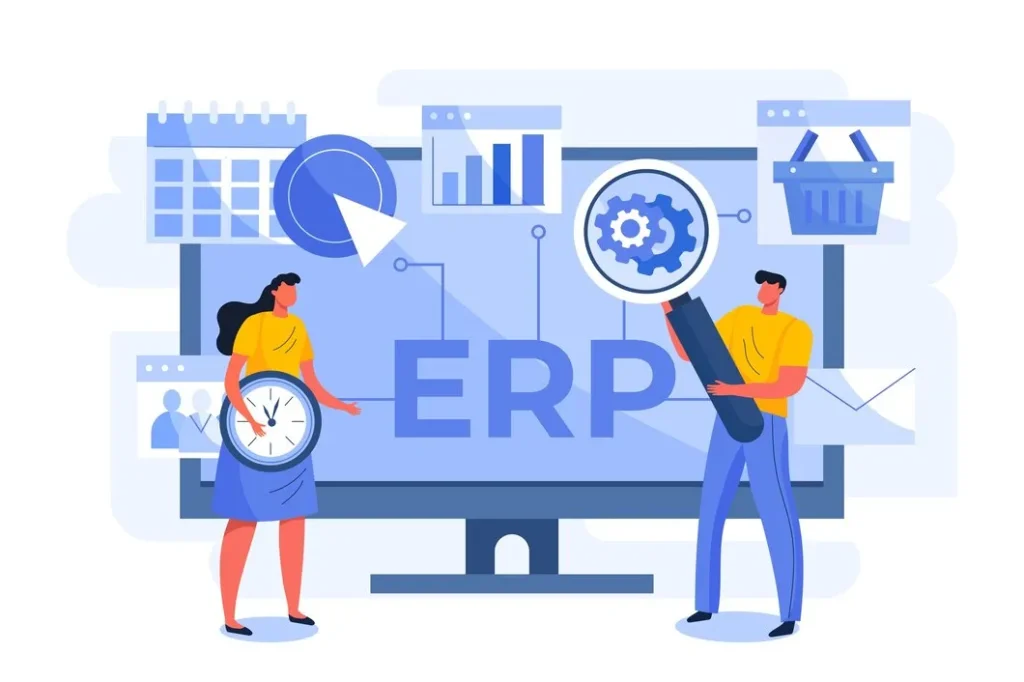
Assess Your Actual ERP Requirements
The first step to reducing the cost of your ERP development services is to assess your actual requirements. Using well-defined business needs that differentiate between ‘must have’ and ‘nice to have’ capabilities, you can establish the minimum viable product, which will be your foundation ERP platform. This step is important because it will make sure that the system will meet the needs of your organization and set the stage for cost reduction.
Avoid overbuying in features or customizations that will not provide enough value. The majority of organizations use only 32% of licensed ERP functionality, according to Businesswire industry reports. There is no need for overprovisioning capabilities that never get used and cause unnecessary expenses. You should right-size your system based on a genuine need to save licensing and implementation costs.
Consider Cloud ERP Solutions
Cloud ERP offers a cost-effective and flexible alternative to traditional ones. The cost of hosting an application, together with the costs of infrastructure, are now moved into a predictable subscription model versus massive upfront capital expenditures that rise and fall as business changes. Therefore, they are a good choice for cost-conscious organizations.
Subscription plans are offered by leading SaaS ERP vendors such as Oracle, SAP, and Infor on the basis of usage metrics like number of users. It is a scalable approach that permits costs to be very close to adoption and expansion without becoming overspent. The cloud ERP also does away with expensive manual upgrades due to its auto-updating nature. These advantages make cloud solutions very cost-effective for long-term ERP investments.
Secure Discounted ERP Software Pricing
ERP vendor list prices are typically just starting points for negotiation. Even direct pricing from vendors can often be reduced substantially through skilled negotiations. Securing discounted ERP software cost requires thorough preparation and timing.
Work with IT advisors to benchmark fair market prices for your desired ERP solutions. Prepare detailed requests for proposals from target vendors outlining desired components, implementation services and discounts.
Get more ERP price reductions through multi-year contracts, bundling other modules, or firming additional volume usage. Prepare to negotiate multiple out of a few vendor options instead of committing to one.
Minimize Customizations
Do not fall for the urge to make the chosen ERP platform similar to existing business processes. Customizations that are not required are excessive, thus inflating the implementation costs and making the system unupgradable. Instead, adopted processes and policies should align with the adapted best practices embedded within the standard ERP software.
Minimizing customizations also enables faster deployments and smoother updates. Embrace the built-in capabilities and change requirements to exploit them for rapid time-to-value.
Carefully Manage Integrations
Today’s ERP solutions rarely operate in isolation. Integration with adjacent CRM, eCommerce, supply chain and analytics systems is essential for realizing the full value. However, complex integrations also increase costs considerably over time. Clearly identify must-have integrations upfront and keep them simple by mapping to native ERP APIs rather than custom coding.
Modern cloud ERP platforms make integration easier via APIs, bots and low-code tools. However, excessive interconnectivity still multiplies pain during upgrades. Design integrations defensively for resiliency and monitor usage to prune unused links over time. Keep the integration surface small and adopt modern integration tools to lower lifetime maintenance. The result is better cost of ERP control and flexibility.
How Much Does It Cost to Implement an ERP System?
In order to achieve smooth deployments, skilled ERP implementation consultants and project managers are very important. Quality issues, delays and cost overruns occur when people try doing too many things at once in an attempt to be their own general contractor with little or no training and expertise. There is no dime extra cost to get the job done right the first time through experienced help.
Partner with trusted implementation partners who understand there is structure to how an ERP is deployed. Make sure their teams stay the same and are still skilled in the same ERP solution as opposed to run-of-the-mill generalists. The perfect partner combination is one that combines domain experience in your industry with software capabilities to achieve better results faster at lower consulting costs.
Invest in Change Management
Even with great software and implementation assistance, ERP projects stumble without proper change management. ERP systems transform workflows, policies and culture across departments. Failure to prepare stakeholders for this change through training and education heightens resistance and dissatisfaction that manifest as hidden costs.
Allocate adequate ERP software price and time for business-driven change management both before and long after going live. Shift the focus beyond technical implementation to truly adopting the ERP platform as the new way people work across the business. Proactive communications, tailored training programs and engagement initiatives lead to broader user adoption that maximizes ERP ROI.
Insource Ongoing ERP Support
Long after initial deployment, ERP systems require ongoing administration, troubleshooting and end-user assistance duties. While ERP vendors and partners offer continued support contracts, the accumulated costs are significant over years of ownership. Building in-house capabilities to handle Tier-1 support and common system tasks saves considerable sums.
Appoint power ERP users from business teams as super users and system champions. Invest in upskilling in-house IT staff on ERP administration via vendor training programs. Set up a shared services model with a small Center of Excellence to handle tier-1 support issues before escalating to vendors only when necessary. These measures prevent over-reliance on expensive external resources.
Upgrade in Regular Cadences
Unlike traditional on-premise ERP models, cloud-based SaaS solutions receive continuous incremental upgrades rather than intermittent major version releases. Coinciding planned upgrades with these release cycles ensures access to the latest features and innovations without the disruption of “big bang” upgrades.
Regular incremental upgrades also help retire unused legacy functionality and customizations to streamline systems. Staying current via smaller periodic upgrades is much more affordable than irregular disruptive upgrades. The regular cadence also keeps users on modern releases and platform editions for better sustainment.
Review Usage and Adoption
Ongoing monitoring is essential to control ERP system costs over the system lifecycle. Periodically review usage and adoption across all licensed elements, from components to user roles. Measure utilization relative to capacity thresholds and business volumes. Adjust licenses, resources and customizations based on actual consumption rather than initial estimates or outdated projections.
Tools like SAP’s Enterprise Contract and License Management help track ERP software usage accurately. Divest unused licenses based on real adoption patterns instead of renewing outdated entitlements year after year. Eliminate unpopular custom-built modules that contribute little in terms of productivity but that have a drag on performance. Active governance leads to proactively aligning the system’s capabilities and costs to actual utilization.
Final Words
Critical business operations running on ERP platforms need to balance functionality with budget realities. If enough organizations follow the strategies outlined in this article, their TCO will be slashed by at least 40% and will not impact the capabilities or service levels needed in 2025. Cutting costs is either through adjusting the scope to actual requirements, vendor discounts, customizations, streamlined implementations and upgrades, or a combination thereof.


